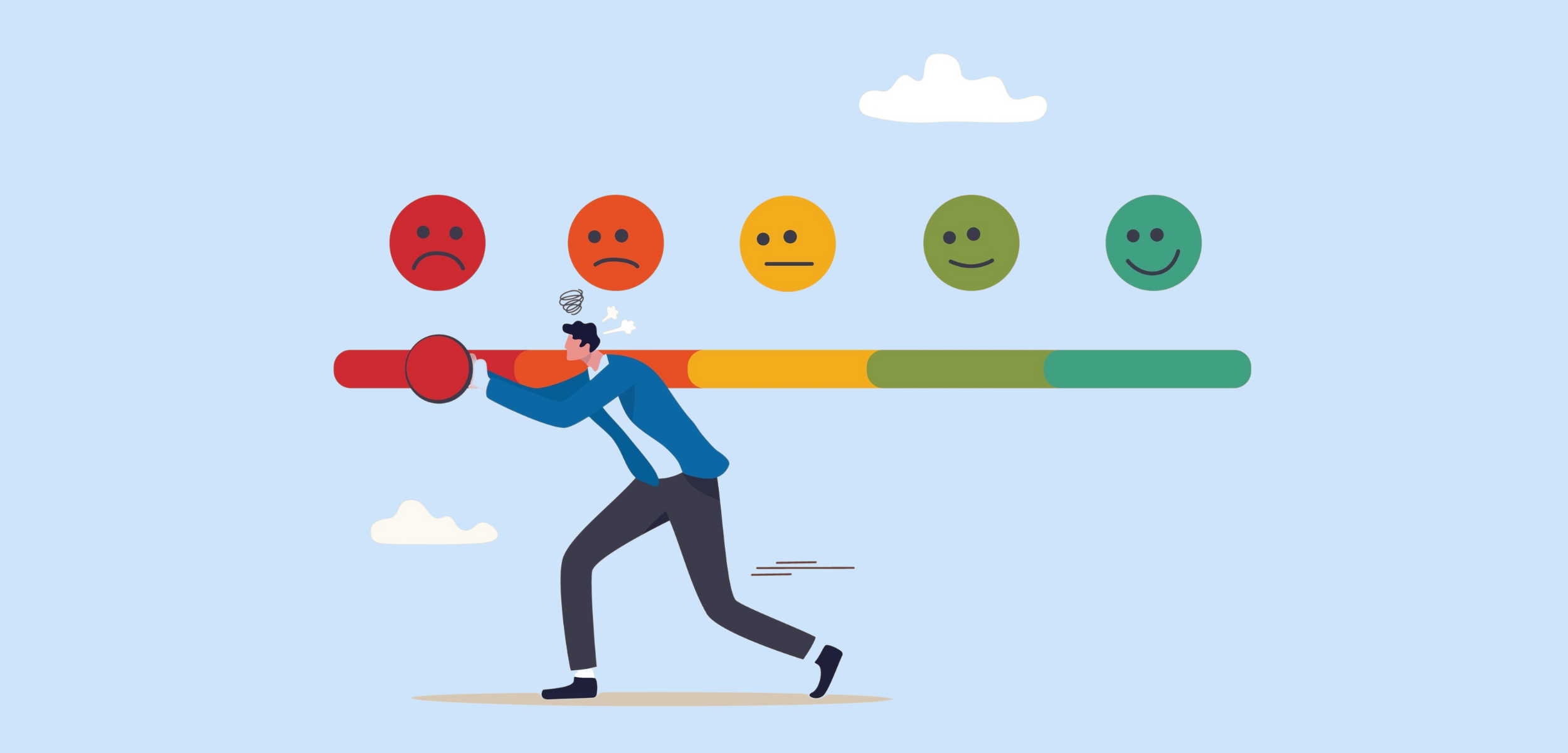For many people looking back, the time when the Shah ruled Iran, from 1925 right up until 1979, was a period of really significant change, you know, for the nation. This era saw two monarchs, first Reza Shah Pahlavi and then his son, Mohammad Reza Shah Pahlavi, at the helm, overseeing a transformation that, in some respects, moved Iran from a more traditional way of life to something much more modern. It was a time that, arguably, set the stage for much of what came after, influencing the very identity of the country in ways that are still talked about today.
The question of how good or how bad the Shah truly was, particularly Mohammad Reza Pahlavi, is not just a simple matter of historical record. It's a discussion that, quite honestly, has continued for a very long time, with people holding very strong opinions about his time in charge. Some folks might look at pictures from that period and see progress, a nation stepping onto the world stage, while others see a different picture entirely, one with shadows and deep concerns.
What we are looking at here is, basically, a complex story, one that touches upon the very core of a nation's efforts to modernize and the powerful forces that helped shape the Middle East throughout the 20th century. It’s a story with many layers, and to truly grasp it, we need to consider different viewpoints and the actual events that unfolded during those years.
- Amanda Rabb Lima
- Vivian Liberto Second Husband
- Who Owns Gamersupps
- Sienna Miller Face Surgery
- Breckie Hill Nudes Leaked
Table of Contents
- A Life in Power - Mohammad Reza Pahlavi and His Background
- How Bad Was the Shah of Iran When It Came to Human Rights?
- The Shah's Western Leanings and Public Opinion - How Bad Was the Shah of Iran on This Front?
- Corruption and the Imperial State of Iran - How Bad Was the Shah of Iran's Government?
- International Perceptions and the Shah's Influence - How Bad Was the Shah of Iran Seen by Others?
- A Dying King - The Shah of Iran's Final Years
- The Downfall of a Dynasty and the Legacy of the Shah
- Considering the Shah's Place in History
A Life in Power - Mohammad Reza Pahlavi and His Background
The story of Mohammad Reza Pahlavi, who was the very last ruler to carry the title of Shah, really begins with his father, Reza Khan. Reza Khan, a military commander, took power in 1925 and, in a way, started the Pahlavi dynasty. His son, Mohammad Reza Pahlavi, then took the throne in 1941, during the time of World War II. It’s interesting to note that his father, Reza Shah, was forced to give up his position by the British and Soviets because of his sympathies with Germany at that time. This was, you know, a pretty dramatic start for the young prince who would eventually become the Shah. His father, for instance, had roots in Mazandaran province, being born in Alasht, Savadkuh county, which gives a little bit of insight into his background. Mohammad Reza himself, as the crown prince, came into power under these rather unusual and somewhat difficult circumstances, setting a certain tone for his eventual reign.
Personal Details and Bio Data of Mohammad Reza Shah Pahlavi
| Full Name | Mohammad Reza Pahlavi |
| Title Held | Shah (King of Kings) |
| Reign Period | 1941 – 1979 |
| Father's Name | Reza Shah Pahlavi (Reza Khan) |
| Mother's Name | Not specified in text |
| Place of Father's Birth | Alasht, Savadkuh County, Mazandaran Province |
| Dynasty | Pahlavi Dynasty |
| Key Event of Abdication (Father) | Forced by British and Soviets due to German sympathies during WWII |
How Bad Was the Shah of Iran When It Came to Human Rights?
When we look at the question of how bad was the Shah of Iran, especially concerning human rights, the picture that emerges from the period of the Imperial State of Iran, which ran from 1925 to 1979, is rather stark. During the time both Reza Shah Pahlavi and his son, Mohammad Reza Shah Pahlavi, were in power, there were reports of the government using secret police. They also used methods like torture and executions, basically, to quiet down any political disagreement. This kind of approach, you know, to maintaining control, often meant that people who spoke out against the government faced very serious consequences. It certainly paints a picture of a state where expressing different views was not at all safe.
The Shah, Mohammad Reza, in particular, proved to be, in some respects, a ruler whose actions led to unfortunate outcomes. A coup, for example, only seemed to make Iran's national story of "victimhood" stronger. This narrative was something the revolutionaries used very effectively during the 1979 Iranian Revolution, which, as a matter of fact, ended the Pahlavi dynasty. They accused the Shah of being, you know, a "U.S. Poodle," and they used the memory of Mosaddegh, a previous leader, to remind people of past grievances. This use of historical events and perceived wrongs was a powerful tool in shaping public opinion against the Shah, highlighting the negative aspects of his rule and asking how bad was the Shah of Iran in the eyes of many citizens.
- Maddox Jolie Pitt Real Parents
- Xara Rose Nude
- Lyna Perez Nude
- Wisam Shareif
- 2 Kkk Members Killed In Alanta
The Shah's Western Leanings and Public Opinion - How Bad Was the Shah of Iran on This Front?
One of the more contentious aspects of Mohammad Reza Pahlavi's reign was his effort to transform Iran into a more Western-style country. This push came after the democratically chosen leader, Mosaddegh, was removed from power following his decision to privatize the oil reserves from the UK and US. This move by the Shah, trying to steer Iran in a Western direction, was not, it seems, universally welcomed by the people. Actually, a lot of folks did not like the Shah's reforms at all, which makes you wonder, how bad was the Shah of Iran in terms of connecting with his own people?
For instance, those on the left side of the political spectrum were unhappy with what they saw as an unequal sharing of wealth. They felt that the economic benefits of modernization were not reaching everyone fairly. On the other hand, religious conservatives, who held very different values, thought the Shah was far too liberal. They worried about the changes he was bringing, believing they went against traditional Iranian and religious principles. So, you had a situation where, basically, different groups, for very different reasons, found fault with the Shah's direction for the country. This division in public opinion really shows the deep challenges he faced in trying to modernize Iran while keeping everyone on board.
Corruption and the Imperial State of Iran - How Bad Was the Shah of Iran's Government?
The Imperial State of Iran, during its existence from 1925 to 1979, was, unfortunately, marked by a good deal of corruption, particularly within the Pahlavi dynasty itself. This period, while seeing Iran change from a largely feudal society into a modernized state, also brought with it widespread instances of bribery and embezzlement, among other forms of dishonest practices. This widespread corruption is, in a way, another key point when considering how bad was the Shah of Iran, especially concerning the integrity of his government and its operations.
Such issues of bribery and embezzlement can, you know, really undermine public trust in a government, even one that is trying to bring about progress. When people see those in power enriching themselves through dishonest means, it can create a feeling of unfairness and resentment. So, while there was indeed progress in terms of modernization, this was, apparently, accompanied by a darker side of financial misconduct that affected the very fabric of the state. It raises questions about how much of the prosperity was truly for the benefit of the nation as a whole versus the benefit of those connected to the ruling family.
International Perceptions and the Shah's Influence - How Bad Was the Shah of Iran Seen by Others?
From an international viewpoint, especially in the West, there was a primary concern about the Shah's latest challenges. This concern was centered on the possible danger to Iran's control over the Persian Gulf. This body of water was, and still is, a very important passage for a great deal of the oil heading to places like Japan and Europe. So, you know, maintaining stability in that region was incredibly important for global energy supplies. Iran, at that time, had been getting more and more prosperous, and the Shah's hold on power seemed, to many, quite firm, even unshakeable. This perception of strength and control was something that, for instance, reassured Western powers.
Interestingly, in 1978, President Jimmy Carter, who had publicly stated that human rights were a very important part of American foreign policy, actually praised the Shah. Carter called him a wise ruler and, while toasting the Shah during a state visit to Iran, even told him that Iran, because of the Shah's great leadership, was "an island of stability in one of the troubled areas of the world." This statement, you know, from a leader who emphasized human rights, really highlights the varied and sometimes contradictory ways the Shah was seen on the global stage. It makes you think about how different countries prioritized different aspects of his rule, and it complicates the question of how bad was the Shah of Iran in the eyes of his international partners.
A Dying King - The Shah of Iran's Final Years
The new documentary titled "A Dying King, The Shah of Iran" presents a rather unique look into Mohammad Reza Pahlavi's final years. It unfolds, in a way, like a medical mystery, examining a whole series of international doctors, their egos, and the mistakes that, apparently, played out like an eerie final act through his last days. This particular perspective adds another layer to the story of the Shah, showing that even someone at the height of power could face such personal and medical challenges. It highlights, you know, the human element behind the political figure.
His life, it seems, was anything but easy, even though he was known as "the king of kings" in Iran. From the deeply sad events of his marriages to what some describe as the complete disaster of his reign, Mohammad Reza's story carries a somewhat dark history. This personal suffering, combined with the political turmoil, really shows a complex individual whose inner life was, basically, far from exquisite. It’s a reminder that even powerful figures have their own struggles, and these personal battles can, in some respects, intertwine with their public roles, influencing how their rule is remembered and how bad was the Shah of Iran for himself, as well as his country.
The Downfall of a Dynasty and the Legacy of the Shah
The collapse of the Pahlavi monarchy in early 1979 stands as a truly defining moment in the modern history of the Middle East. It was a time of immense change, and it continues to be discussed and analyzed today. The question of whether Mohammad Reza Pahlavi, the last Shah of Iran, was a truly good leader or someone who actually caused more problems than he solved can be, honestly, a bit of a puzzle for many people. It is, you know, a discussion that has been going on for a very long time, with folks on all sides holding very strong opinions about his time in charge. This makes it challenging to simply say how bad was the Shah of Iran without looking at all the different viewpoints.
Some people, for instance, look back at certain pictures from that period and see a progressive Iran, while others focus on the less positive aspects. The Harvard Crimson, for example, described life under the Shah as a "strange episode," noting that he was the former head of one of the world's most brutal and repressive states. This stark contrast in perceptions is a key part of understanding his legacy. There is also the idea that just because the current Iranian government might be seen as problematic, it doesn't automatically mean the Shah was good. This nuanced view suggests that people are looking for something different, something beyond just choosing between two past systems, which is, basically, a very important point for understanding the current aspirations of many Iranians.
Considering the Shah's Place in History
When trying to figure out how bad was the Shah of Iran, it is really important to see him through the perspective of the time period he came from, and not really compare him directly to the world we live in today. For his time, some would actually say he was a good leader. For example, Reza Shah, his father, is credited with saving Iran from the disasters that were, apparently, linked to the Qajar dynasty before him. This historical context is vital because what might seem unacceptable by today's standards might have been viewed differently, or even as necessary, in a different era. So, you know, it’s not a simple case of good or bad.
The whole idea of a "king peasant" dynamic, where people think there must be either a mullah or a shah to rule the land, is, in a way, seen as wrong by many, and it won't ever go back to that. This highlights a desire for a different kind of governance. The question of whether the Shah of Iran was good or bad is not just a historical inquiry; it actually goes right into the very heart of a nation's identity, its efforts to modernize, and the powerful forces that shaped the Middle East throughout the 20th century. It’s a complex tapestry of events, opinions, and outcomes that continue to influence Iran today, and, as a matter of fact, some believe that Jimmy Carter owes the people of Iran an apology for his past praise, which further complicates the overall picture of the Shah's lasting impact.
Related Resources:



Detail Author:
- Name : Macy Gottlieb
- Username : jammie.murphy
- Email : colin30@gmail.com
- Birthdate : 1986-06-17
- Address : 39709 Scot Knoll Lake Kennedyburgh, NM 96007
- Phone : 212.255.7832
- Company : Mante Inc
- Job : Patrol Officer
- Bio : Reiciendis repudiandae occaecati reiciendis nam sed quia vero quas. Reiciendis quasi quae qui laborum quis. Nemo enim quo consectetur enim. Eius dolor ut omnis atque vel.
Socials
tiktok:
- url : https://tiktok.com/@terryr
- username : terryr
- bio : Quisquam qui ut dolores ad asperiores vel.
- followers : 5463
- following : 688
instagram:
- url : https://instagram.com/terryr
- username : terryr
- bio : Voluptatem praesentium vel esse maxime labore eum. Temporibus et numquam nostrum iste et molestiae.
- followers : 1325
- following : 1386